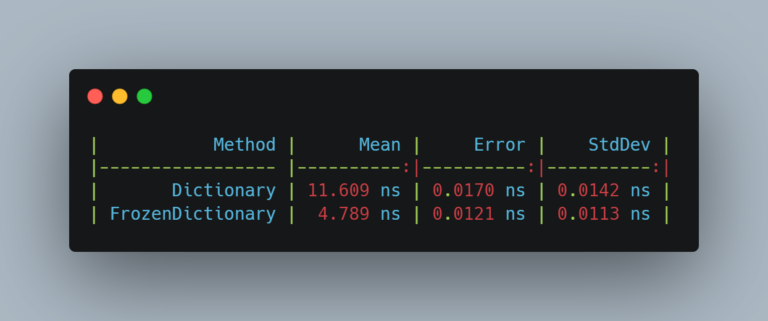C# language version history
C# 1.0 Introduced with .NET Framework 1.0 in January 2022, C# 1.0 established the foundation of the language with basic object-oriented programming features, including classes, structs, interfaces, events, properties, and delegates. The language had the following goals: C# 2.0 Introcudec in 2005, this version brought significant enhancements such as generics for type-safe data structures, anonymous…


